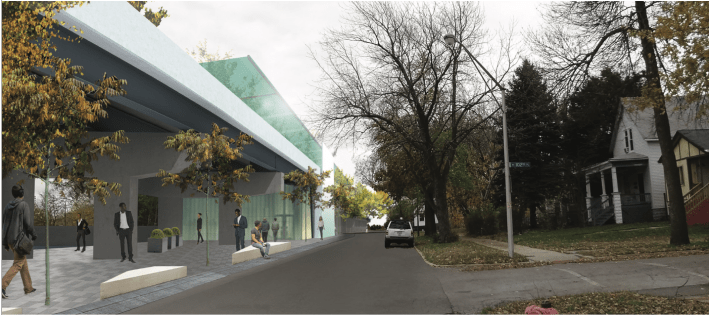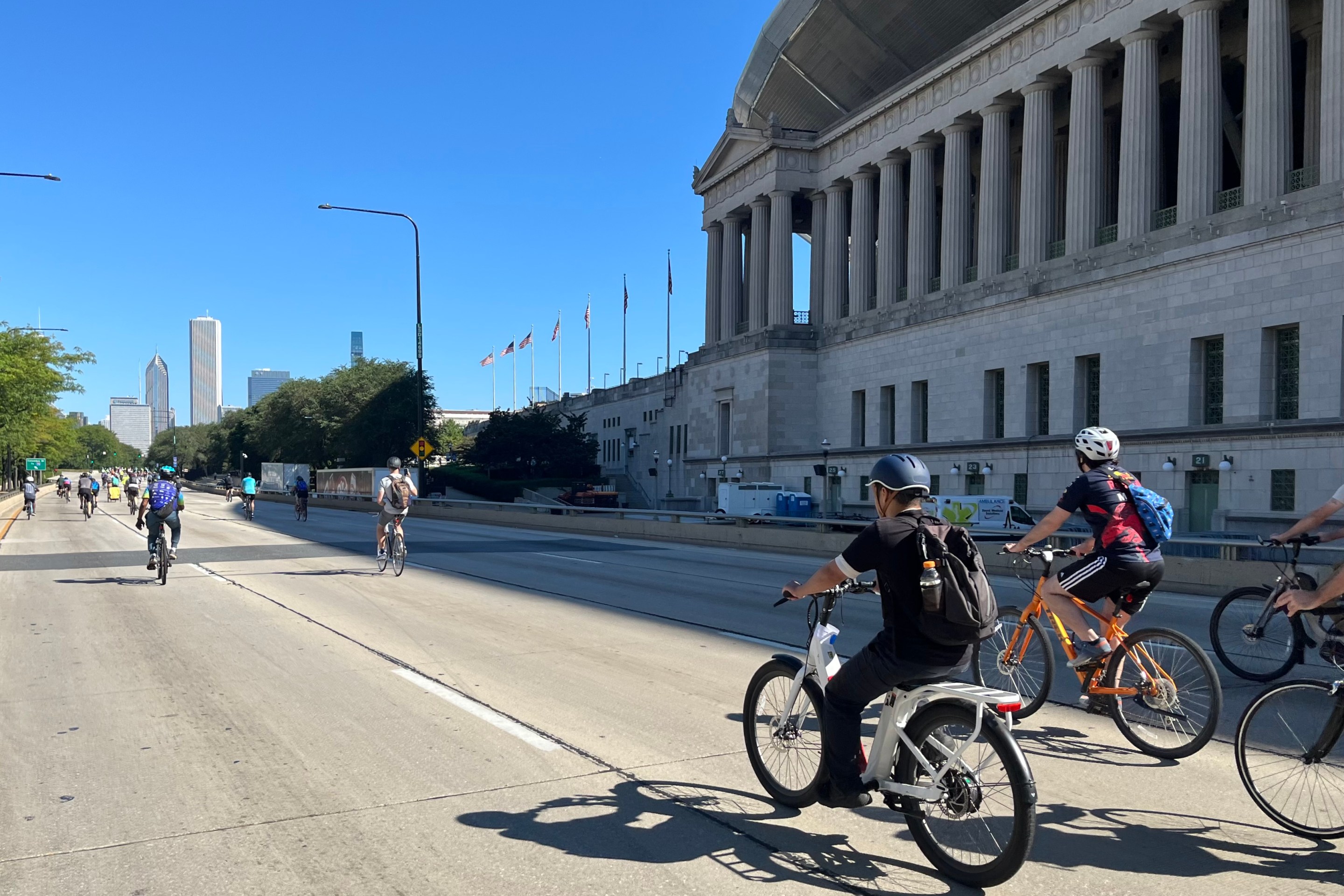
The Chicago Transit Authority released a major study today, the next step in the developing project to extend the Red Line southward from the 95th Street terminal to 130th Street in the Altgeld Gardens neighborhood. The Environmental Impact Study is required by the federal government before the CTA can ask for funding from the U.S. Department of Transportation.
The CTA has been studying the Red Line extension for decades. Former mayor Richard J. Daley promised it to residents of Roseland and Pullman when the Red Line's Dan Ryan branch opened in 1969. In 2009 the CTA finished a required "Alternatives Analysis" wherein they studied different routes and modes to provide transit service in the area that the extension would serve.
The CTA determined it would be in their and residents' best interest to extend the Red Line, using the same kinds of tracks and vehicles as the existing rail service, from 95th Street, west to Eggleston Avenue (400 West), and then south along an existing Union Pacific-owned freight railroad right of way.
Four new stations would be built at 103rd Street, 111th Street, Michigan Ave at 116th Street, and on 130th Street, at approximately 950 East.
The CTA said the project would cost about $2.3 billion. The Chicago Tribune reported last week that the extension could be up and running in ten years, with construction starting in 2022. That's an optimistic timeline, and it presumes that funding can be secured from many sources, primarily the federal government. Required matching local funds could be provided by an existing TIF district and, in theory, the state of Illinois, although it's been a long time since state lawmakers have been able to pass a budget.
The Chicago City Council is currently debating whether or not to approve "transit TIF" districts. A new state law would allow the city to draw a transit TIF district around the Red Line starting at Madison Street and going all the way to 130th Street along the existing and proposed tracks. The transit TIF would allow the city to take out a federal loan to help pay for the extension.
Transit increases property values, and a portion of the increase in property tax revenues after establishing the district would pay off the loan. After the Chicago Public Schools a portion of the new money that's proportionate to its share without a TIF district, 20 percent of the remaining funds would go to other taxing bodies, and the other 80 percent would be used to pay back the loan.
For the first time, the CTA also released a citizens' guide to the Environmental Impact Statement that summarizes and describes the content of the full document, and is a welcome addition to the discussion about the need for rapid transit service in Roseland, Pullman, and Altgeld Gardens.
Since the Red Line extension would cost $2.3 billion, it's necessary to consider whether this would be the smartest way to provide rapid transit service to Roseland, Pullman, and Altgeld Gardens. A recent article in The Chicago Dispatch points out there's existing rail transit infrastructure in those neighborhoods in the form of Metra's Electric District lines.

The Metra Electric already has stations on 103rd, 107th, 111th, 115th, and 121st and State Streets, all within one to one-and-a-half miles of the proposed CTA stations. Both the Metra Electric (solid blue line) and the South Shore Line to Indiana (dashed blue line) currently run close to the Altgeld Gardens housing project, but neither line stops there.
Planners at the Chicago Department of Transportation, CTA, Metra, and the Regional Transportation Authority, haven't shown interested in restoring rapid transit service to Metra Electric stations. Sandy Johnston, who studies railroads and rail transit in Chicagoland told The Chicago Dispatch that CDOT's South Lakeshore transit study in 2012 "totally sandbagged the option of restoring frequent service on the Metra Electric."
But the Coalition for a Modern Metra Electric, a collaboration between transportation organizations and South Side community groups, as well as citizen advocate Mike Payne, who has long proposed turning the Electric line into a rapid "Gray Line," have pushed strongly for this service restoration.
On the other hand, it's likely that many residents of the areas that would be directly served by the Red Line extension wouldn't be satisfied solely by the creation of rapid transit service on the Electric line. They've been waiting for decades for the Red Line to be extended further south. Moreover the fact that the backbone of the 'L' system runs all the way to the city's northern border but stops several miles short of the southern border has long been a symbol of transit inequality in Chicago.
The relevant problem with CTA's Environmental Impact Study, and the Alternatives Analysis that preceded it, is that the CTA isn't required to coordinate with other agencies. The fundamental issue is that the studies didn't figure out the best way to provide transit service in the underserved neighborhoods – provided by any and all transit operators. The studies are instead a recommendation on how the CTA can provide transit service.
The CTA will host an open house and public hearing in West Pullman on Tuesday, November 1, 2016, from 5:30 to 7:30 p.m. at St. John Missionary Baptist Church, 211 E. 115th St. You can submit a comment for the record at the event, or via email.





